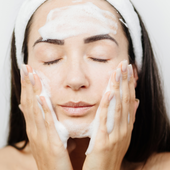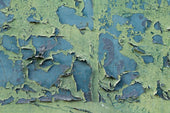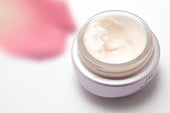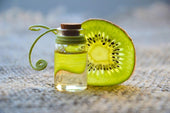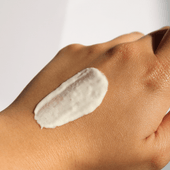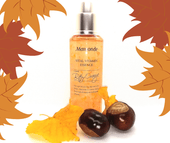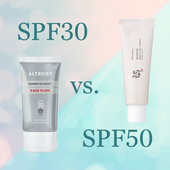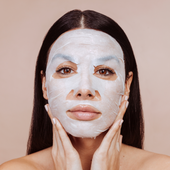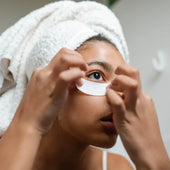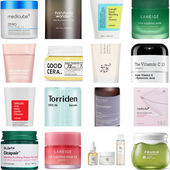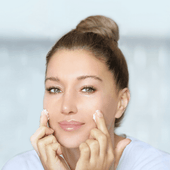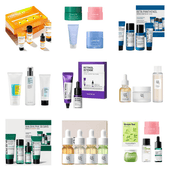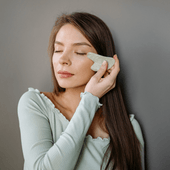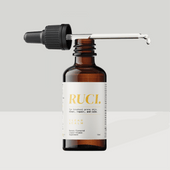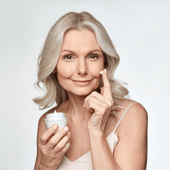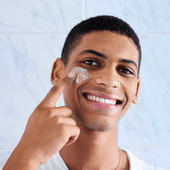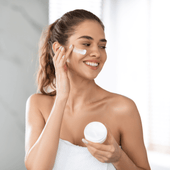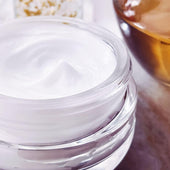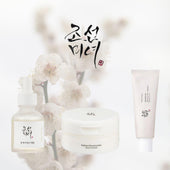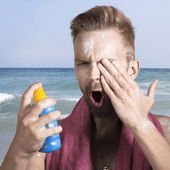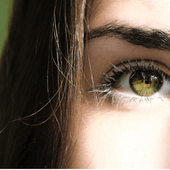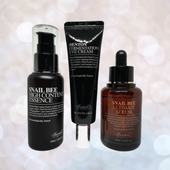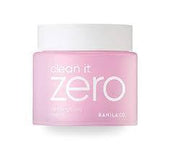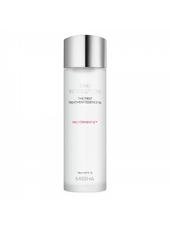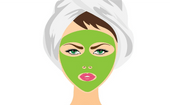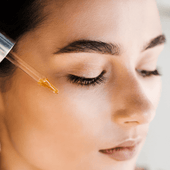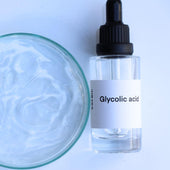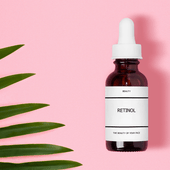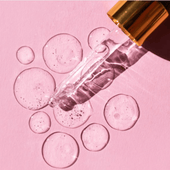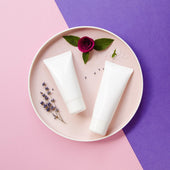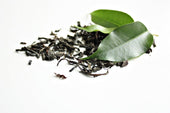Retinol. It’s the skincare ingredient that seems to be everywhere lately, touted as the holy grail for anti-ageing, skin renewal, and even helping with breakouts. But as with anything powerful, it comes with its own challenges. I’ve had my own experience introducing retinol into my routine, and let me tell you – it’s all about patience and balance. If you’re thinking of adding retinol to your skincare arsenal, here’s what I’ve learned along the way.
What Is Retinol, and Why the Hype?
Retinol is a form of Vitamin A that promotes cell turnover, helping to fade pigmentation, smooth fine lines, and improve skin texture. Sounds magical, right? Well, it is – but with great power comes great responsibility. Retinol can be quite strong and, if introduced too quickly, can lead to irritation, peeling, and sensitivity.
For this reason, I approached retinol with cautious optimism. I was excited about its potential benefits but aware of the need to be mindful in how I used it.

Starting Slow Is Key
The first rule I learned: don’t rush! With retinol, less is more, especially when you’re just starting out. I began with a low-strength retinol, just once or twice a week in the evening. It’s important to give your skin time to adjust to this new ingredient. Trust me, I was tempted to use it more often when I didn’t see immediate results, but I resisted. And I’m glad I did.
In those early weeks, I paired it with extra gentle cleansers and moisturisers to avoid irritation. I made sure to use plenty of hydrating products, as retinol can be drying, especially in the beginning.
The Sandwich Method
One trick I picked up is called the 'sandwich method'. Basically, you apply moisturiser before and after the retinol. Here’s how it works:
1. Cleanse your skin as usual.
2. Apply a thin layer of moisturiser.
3. Wait a few minutes, then apply the retinol.
4. Follow up with another layer of moisturiser.
This technique acts as a buffer to reduce the chance of irritation, while still letting the retinol do its job. For my dry skin, this was a game changer. It allowed me to ease into using retinol without the dreaded peeling or redness.

Listen to Your Skin
One thing I’ve learned is that retinol requires you to really listen to your skin. Some weeks my skin is perfectly happy with retinol twice a week, while other times it feels a bit too much and I scale back to once a week. Everyone’s tolerance is different, so it’s all about trial and error. If your skin starts to feel dry, tight, or irritated, take a step back and give it a break.
Also, don’t be surprised if your skin goes through an adjustment period, known as retinisation. This might include some mild dryness, flakiness, or purging, but don’t panic! It’s temporary. Just keep an eye on how your skin is reacting and adjust accordingly.
Hydration and Barrier Support
As I’ve mentioned before, retinol can be drying, so hydration is key. I like to double down on nourishing and barrier-repairing products, especially after using retinol. Hyaluronic acid serums, ceramide-based moisturisers, and gentle facial oils are all my go-tos.
It’s also important to avoid using other strong active ingredients, like AHAs or BHAs, on the same night as retinol. Mixing too many actives can overwhelm your skin, leading to irritation. I like to reserve my exfoliating products for non-retinol days and focus on hydration instead.

Sunscreen: A Non-Negotiable
I cannot stress this enough: you must wear sunscreen when using retinol! Retinol makes your skin more sensitive to the sun, which can lead to sunburn and undo all the hard work you’ve put into improving your skin. So, whether it’s a sunny day or overcast, sunscreen is essential. I make sure to apply a broad-spectrum SPF every morning, especially if I used retinol the night before.
Patience Is Your Best Friend
Retinol isn’t an overnight miracle, but if you’re patient, it will reward you. I didn’t start seeing real changes until about 8–12 weeks in, but the gradual improvements were worth the wait. My skin started looking smoother, my fine lines appeared less prominent, and my complexion felt more even.
The key is consistency and patience. Don’t be discouraged if you don’t see instant results. Retinol works by encouraging cell turnover, and that takes time.
Priscilla's Picks
Final Thoughts
Introducing retinol into your routine can feel intimidating, but with the right approach, it doesn’t have to be. Start slow, focus on hydration, and always protect your skin with sunscreen. And remember, skincare is personal – what works for me might not be exactly right for you. Take your time to figure out what your skin needs, and adjust your routine accordingly.
If you’ve had experience with retinol, I’d love to hear how you incorporated it into your routine and what tips worked for you.
Priscilla x
IMPORTANT - I am not a dermatologist or skincare professional. Everyone’s skin is different and what works for me may not - and probably will not - work in the same way for you. For any skincare problem or complaint always consult a healthcare professional. This information is intended for information only and not as clinical skincare advice.
About the Author

Priscilla
Skincare fanatic and co-founder of Refresh Skincare
Follow the author on social media:






